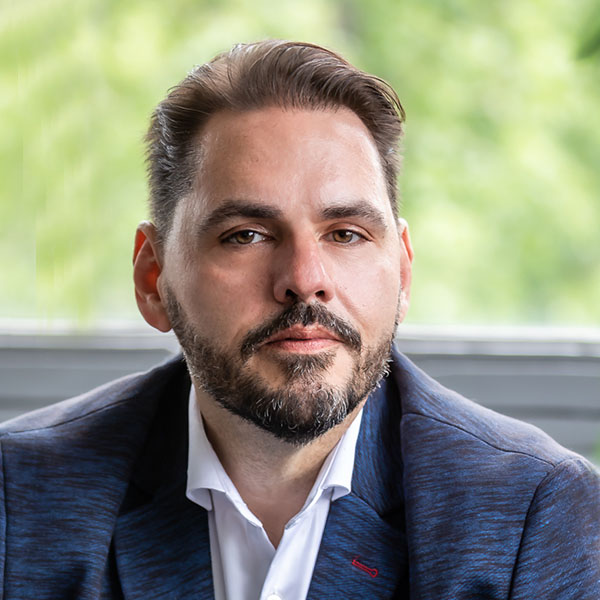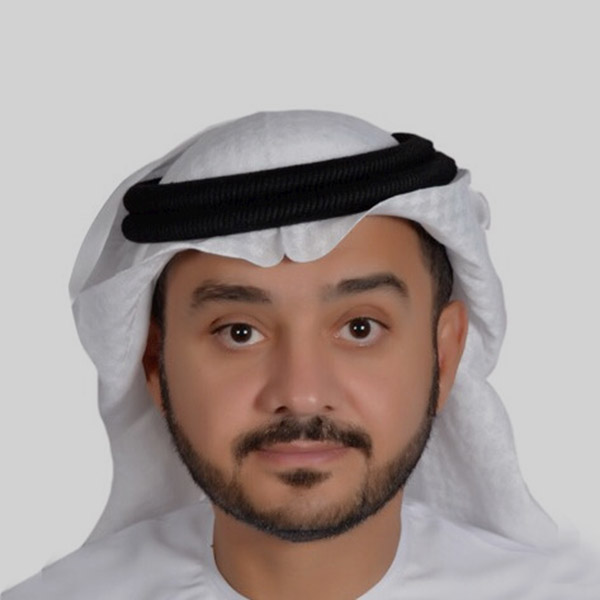AI & the Next Generation. Preparing and Protecting Youth
Panel Discussion #3
Navigating the Intersection of AI and Child Protection Insights from the Panel Discussion
The rapid advancement of artificial intelligence (AI) has brought both unprecedented opportunities and significant challenges, particularly when it comes to protecting children in the digital age. A recent panel discussion, hosted on the dedicated platform humansincharge.ai, brought together experts from diverse fields to explore these critical issues. Moderated by Krisztina Bombera, the panel featured Cécil Aptel, Deputy Director of UNICEF Innocenti; Faisal Mohammed ALShimmari, Founding Chairman of the UAE Child Protection Association; George Tilesch, a global AI expert; and Maria Axente, a senior research associate at the University of Cambridge. Together, they delved into the complexities of AI’s impact on children, emphasizing the need for awareness, regulation, and proactive measures to safeguard the most vulnerable members of society.
The Alarming Reality of Self-Awareness and Digital Addiction
The discussion opened with a startling statistic: only 10-15% of adults in the U.S. are self-aware, meaning they understand their values, context, and the impact of their actions on others. This lack of awareness, as Maria Axente pointed out, is deeply concerning, especially when considering the implications for parenting in the digital age. Faisal ALShimmari highlighted the growing issue of technology addiction among children, with over 25% of children globally showing signs of dependency on digital devices. This addiction, he explained, manifests in behavioral changes, such as reduced physical activity and social interaction, and contributes to alarming health trends like childhood obesity and prediabetes.
AI as Both a Threat and an Opportunity
While AI presents risks, such as online exploitation and sextortion, it also offers transformative potential. Cécil Aptel emphasized the dual responsibility of protecting children from harm while maximizing the opportunities AI can provide. She stressed the importance of equipping children with the skills to navigate AI responsibly, ensuring they are prepared for a future where AI will play a central role in education, employment, and daily life.
Faisal ALShimmari shared sobering examples of how criminals exploit AI to groom and manipulate children, including through online gaming platforms. He called for stronger collaboration between law enforcement, tech companies, and governments to combat these threats. However, he also highlighted the potential of AI to enhance child protection efforts, such as through advanced parental controls and undercover operations targeting online predators.
The Role of Regulation and Education
The panelists agreed that effective regulation is essential to mitigate the risks of AI. George Tilesch expressed optimism about the growing global consensus on the need to protect children in the digital space, citing initiatives like the EU’s AI Act and California’s child-focused legislation. However, he cautioned that regulation alone is not enough. Parents, educators, and policymakers must work together to create a safe and empowering environment for children.
Maria Axente underscored the importance of education in fostering critical thinking skills. She shared examples of how AI can enhance learning, such as personalized tutoring and interactive historical simulations. However, she warned against over-reliance on AI, emphasizing the irreplaceable role of human interaction in education.
A Call for Collective Action
The discussion concluded with a powerful call to action. The panelists urged stakeholders to prioritize child protection in AI development and implementation. Cécil Aptel highlighted the need for age-appropriate design in AI systems, while Faisal ALShimmari called for greater accountability from tech companies. Maria Axente and George Tilesch emphasized the importance of fostering critical thinking and self-awareness in children, ensuring they are equipped to navigate the complexities of the digital world.
As AI continues to evolve, the responsibility to protect and empower children lies with all of us. By working together—governments, tech companies, educators, and parents—we can harness the potential of AI to create a safer, more equitable future for the next generation.
Participants



